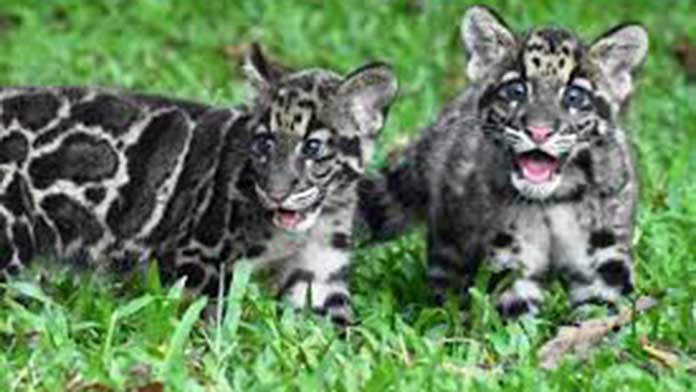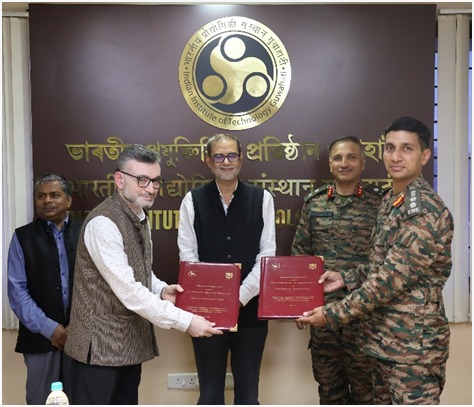IN INDIA, CLOUDED LEOPARDS ARE LARGELY RESTRICTED TO THE COUNTRY’S NORTHEASTERN REGION
Efforts to protect and conserve clouded leopard, marked as ‘vulnerable’ on IUCN Red List, seemed to have borne some fruit in Tripura, as two cubs were successfully hand-reared over the past few months at a breeding centre and subsequently released in Sepahijala zoo.
This was the “first successful instance of hand-rearing clouded leopard in India”, claimed Biswajit Das, the wildlife warden of Sepahijala sanctuary, where the cubs were raised for three months.
Clouded leopard (Neofelis nebulosa), threatened by deforestation and commercial poaching, has large dusky-grey blotches and irregular spots and stripes reminiscent of clouds.
It rests in trees during the day and hunts by night on the forest floor.
“Mothers have the habit of devouring cubs immediately after giving birth. We had to segregate the newborns. Hand-rearing of such animals demands a lot of patience, especially for activities such as like night-feeding. Dedicated care takers looked after the two all day long,” Das told PTI.
“We released the cubs in the zoo on August 4, marking International Clouded Leopard Day. Tourists are expected to flock to Sepahijala zoo later this year to catch a glimpse of ‘Antarip’ and ‘Julekha’,” the wildlife warden of the sanctuary said.
Very little is known about these elusive cats as they are shy, agile and nocturnal in nature, with conservationists still seeking to learn more about their reproduction process and lifestyle.
In India, clouded leopards are largely restricted to the country’s northeastern region.
Das said Sepahijala zoo currently houses 12 clouded leopards.
Congratulating Das and his team, Pravin Agarwal, the chief wildlife warden of the State, said, “This is a huge success on their part. The cubs were handed over to zoo authorities in accordance with the rules. They are healthy and adjusting well.”















